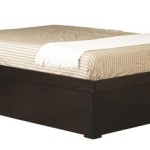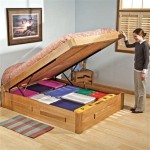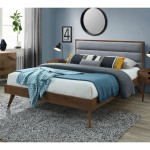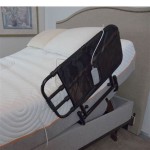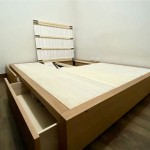Antique Bed Dimensions: A Comprehensive Guide
Antique beds, with their timeless charm and intricate craftsmanship, have become cherished pieces in many homes. To ensure your antique bed fits seamlessly into your space, it's crucial to consider its dimensions and understand the variations that exist. This guide will provide you with a comprehensive overview of antique bed dimensions to help you make an informed choice.
Standard Sizes through History
Antique bed dimensions have evolved over time, reflecting changing lifestyles and bedroom sizes. In the 16th and 17th centuries, beds were generally narrower and shorter, with widths ranging from 32 to 42 inches and lengths typically between 72 to 80 inches. As time progressed, beds gradually increased in size, becoming wider and longer. By the 19th century, standard full-size beds measured approximately 54 inches wide and 72 inches long.
Regional Variations
Antique bed dimensions also varied across different regions. In some areas, such as Northern Europe, beds tended to be smaller and more compact, while in other regions, like Southern Europe and the United States, beds were larger and often elaborately decorated. As a result, it's important to research the specific region of origin when determining the dimensions of an antique bed.
Common Antique Bed Types and Their Dimensions
Twin Bed
Twin beds are the most common type of single bed and typically measure around 39 inches wide and 72 to 78 inches long.
Double Bed
Double beds, also known as full-size beds, are generally wider than twin beds, measuring approximately 54 inches wide and 72 to 78 inches long.
Queen Bed
Queen beds are larger than double beds and provide more sleeping space. They typically measure around 60 inches wide and 78 to 80 inches long.
King Bed
King beds are the largest standard bed size and offer the most spacious sleeping area. They typically measure 76 to 84 inches wide and 80 inches long.
Additional Considerations
In addition to the standard bed sizes, there are several other factors to consider when measuring antique beds:
*Headboards and Footboards:
Antique beds often feature decorative headboards and footboards that can add several inches to the overall length of the bed. *Side Rails:
Side rails, which support the mattress platform, can also extend the width of the bed slightly. *Clearance:
When measuring an antique bed, it's important to leave enough clearance around the sides and foot of the bed to allow for movement and access.Measuring an Antique Bed
To accurately measure an antique bed, follow these steps:
1.Width:
Measure the width of the bed at the widest point, including the side rails or any decorative elements that extend beyond the mattress support platform. 2.Length:
Measure the length of the bed from the top of the headboard to the end of the footboard, or to the outermost point of the frame if there is no footboard. 3.Height:
Measure the height of the headboard from the floor to the top of the headboard.Conclusion
Understanding antique bed dimensions is essential for ensuring that your chosen piece fits comfortably within your bedroom. By considering the standard sizes, regional variations, and additional factors discussed in this guide, you can confidently select an antique bed that not only complements your décor but also provides a restful night's sleep.

An Antique Bed Mattress What You Need To Know The Honeycomb Home

The Ultimate Guide To A Mattress For Your Antique Bed Custom Makers

Antique Iron Bed Sizes

Antique Bed Mattress Buyer S Guide 2024 Sizes Where To Buy

Teak Wood King Size Royal Antique Bed Wooden Without Storage

Retrofitting Our Craigslist Bed Diy Custom Antique Frame

What Type Of Mattress Works With An Antique Bed Eachnight

Antique Bed Dimensions Bedroom Furniture Beds Beautiful Bedding

Antique Renaissance Victorian Hand Carved Black Walnut Full Size Bed Frame For At 1stdibs Ornate Frames

Antique Of The Week A Bed Fit For King Wooden Design Furniture Bedroom
Related Posts
